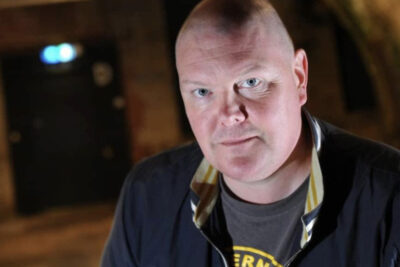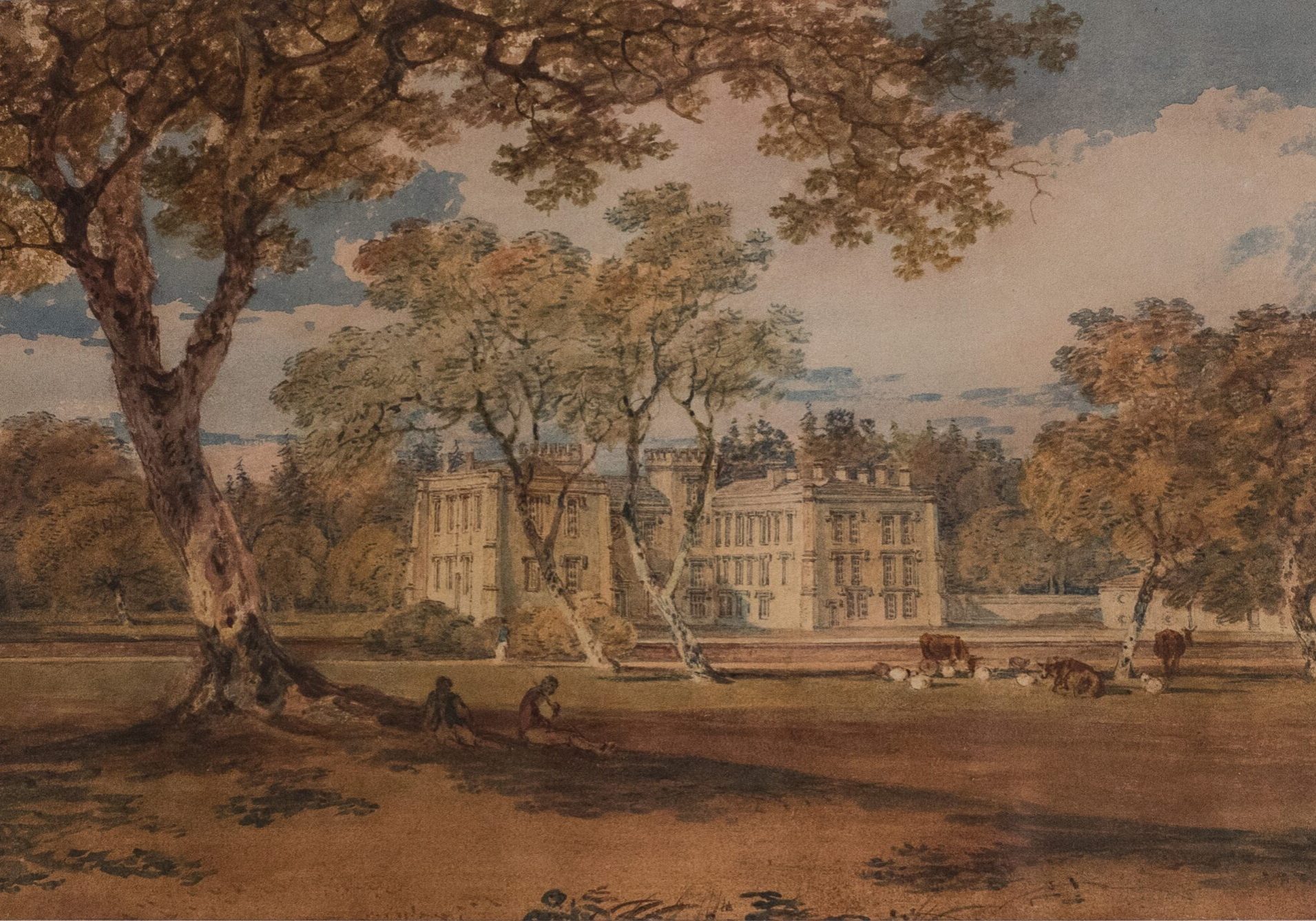
Towneley Hall – Past, Present & Future
by Northern Life
TOWNELEY IS A HISTORIC STATELY HOME SET IN 400 ACRES OF PARKLAND CLOSE TO THE CENTRE OF BURNLEY AND IS FREQUENTLY REFERRED TO AS THE ‘JEWEL IN THE CROWN’.
Towneley can be traced back to about 1200 when Roger de Lacy, a Norman baron granted two bovates (roughly 15 acres) to Geoffrey, son of the Dean of Whalley, for a hunting lodge at Tunleia.
The first building on the present site of Towneley was an ‘Open Hall House’ that was constructed around 1380 and the gable end of this building can still be seen in the wall of the south wing. By circa 1450, the Tower House, now forming the south wing of the Hall, had been built and 70 acres of parkland were enclosed.
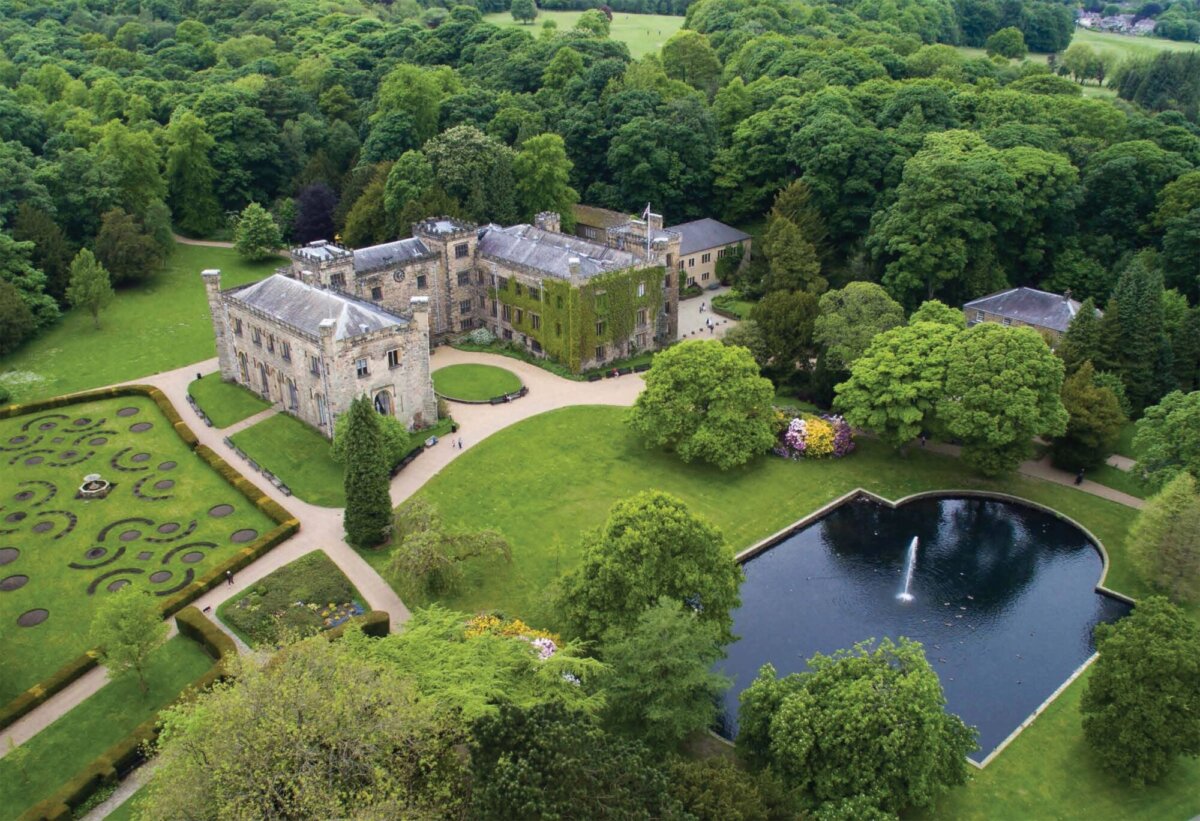
Over the following centuries, the Hall was extended as the fortunes of the Towneley family ebbed and flowed. The general layout of Hall with a central Hall and two wings results from the work of Richard Towneley (VI) in the 17th century.
Between 1720 – 1730 the Hall was remodelled in the baroque style by Richard Towneley (XI) who employed two Italian craftsmen Franco Vassalli and Martino Quadri to create the ornate plasterwork in the Great Hall and south wing staircase.
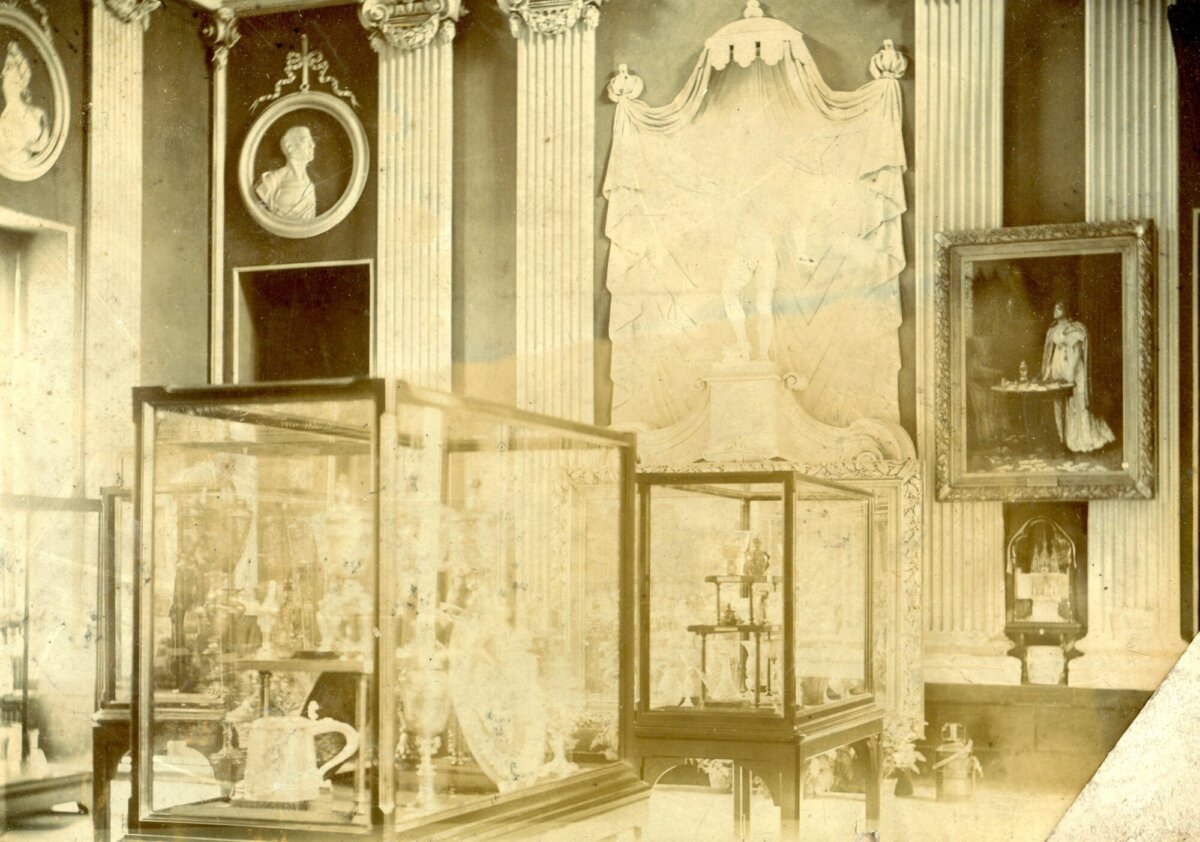
The appearance and character of the Hall that we see today with the crenelated parapets and buttresses is the result of remodelling by the architect Jeffrey Wyatville who also created the graceful Regency rooms in the south wing. Wyatville was a successful architect who worked on prestigious buildings throughout the country.
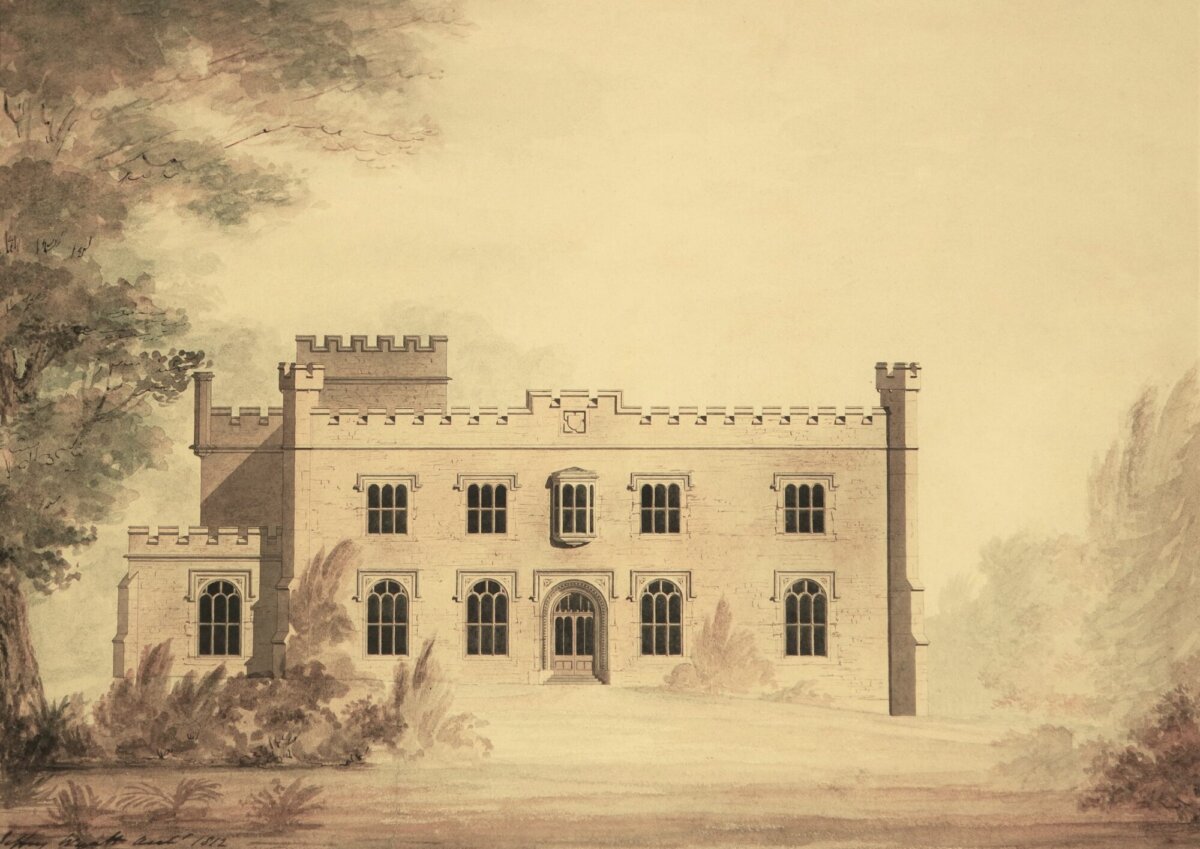
Wyatville’s drawing of the south wing
The parkland developed over the same period with the earliest map dated 1661 showing gardens, woodlands and fields around the Hall. With the involvement of the Towneley’s the Hall was painted by JMW Turner towards the end of the century – see main image.
In 1758, Charles ‘The Collector’ Townley (sic) inherited the estate and made extensive changes to the gardens, including creating the ha-ha wall that separates the hall garden and woodland from the surrounding parkland as well as planting many thousands of trees within the estate, some of which, including the oak at Castle Hill may still survive.
By the late 19th century the Hall had been inherited by Lady O’Hagan. An act of parliament had divided the Towneley estate between the seven daughters of the family. The reduced size of this was too small to support the high cost of maintaining the Hall and following lengthy negotiations over mineral (coal) rights, the Hall was purchased by the Corporation together with 62 acres of parkland for the sum of £17,500. This is equivalent to about £2.5 million.
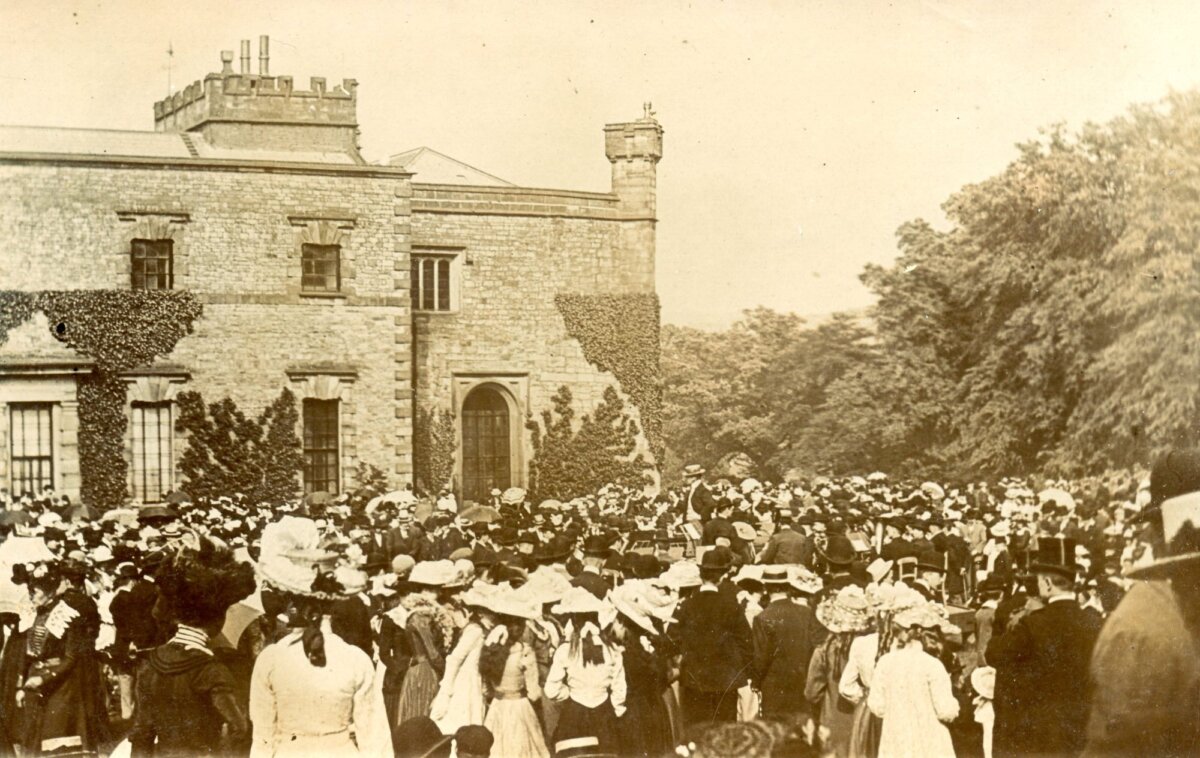
The grand opening
The grand opening of the park took place on the 28th June 1902 and attended by Corporation officials, the great and the good of Burnley and an enthusiastic crowd.
When the Hall was purchased, it contained little of the original furniture and fittings. The Hall was opened as a museum and art gallery in 1903 showing loan items. But very quickly collections were bought or donated gradually to build up an exceptional collection of fine art decorative art. This was due to the generosity of many benefactors, most notably the bequest of local brewery magnate Edward Stocks Massey. Visitors left their sticks and parasols under the canopy with a deposit of 1 penny. The money went into the museum’s purchase fund.
AN ACT OF PARLIAMENT HAD DIVIDED THE TOWNELEY ESTATE BETWEEN THE SEVEN DAUGHTERS OF THE FAMILY
As the Hall was developed, so too was the parkland. The Corporation acquired more land around the Hall, increasing the original purchase of 62 acres to the current 400 acres. Notable developments included the construction of the cenotaph in 1926, creation of the playing fields and golf course in the early 1930s, as part of a national initiative to improve health through physical activity, and the construction of the Stocks Massey music pavilion. The area of woodland within the park has been more than doubled in recent years and the biodiversity has been improved through creation of new meadows linked by over 10 kilometres of new multi-user paths.
In 2001, a £1 million Heritage Lottery grant was used to build the Hall extension and in 2005 a further grant of £2.5 million enabled a major restoration of the parkland landscape and improvement of visitor facilities.
This year on 28th June is the 120th anniversary of the opening and an outdoor exhibition of post card images will be displayed in the park each in the location where the original photographs were taken. How the landscape has evolved will be supplemented with an on-line exhibition of 120 images. The public are also encouraged to share photographs of the park, past or present by visiting Towneley.org.
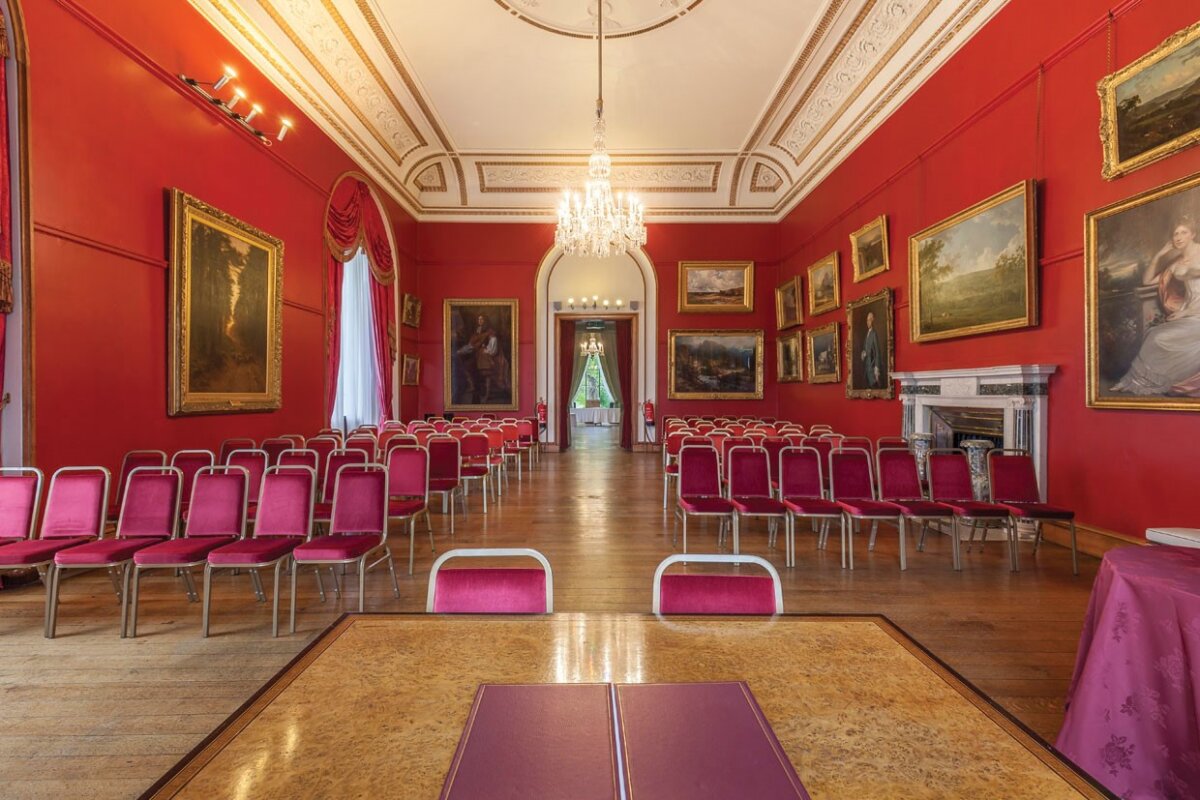
Towneley today
Like all historic buildings, Towneley Hall requires constant upkeep and periodically, major repairs are needed. In 2020, the Council commissioned specialist conservation architects Knox McConnell to carry out an extensive and detailed survey of the Hall which identified that some major repairs are needed to ensure that the Hall is in good condition for the next 120 years.
The Council has been successful obtaining a grant of £890,000 from the Arts Council. The Museum Estate Development Fund will contribute to the cost of repairs which will include: re-roofing the Hall and replacing lead gutters and cast iron rainwater pipes, treating dry rot in the north tower and extensive work to support the ornate plasterwork ceiling in the great hall that was created in 1720s. The external wall of the Great Hall will be partially rebuilt and work in the south wing will support the floor of the Long Gallery which is deflecting.
The repair project will also help to mitigate the impact of climate change by increasing the size of gutters and rainwater pipes to cope with the increased frequency and intensity of high rainfall events which have led to water ingress.
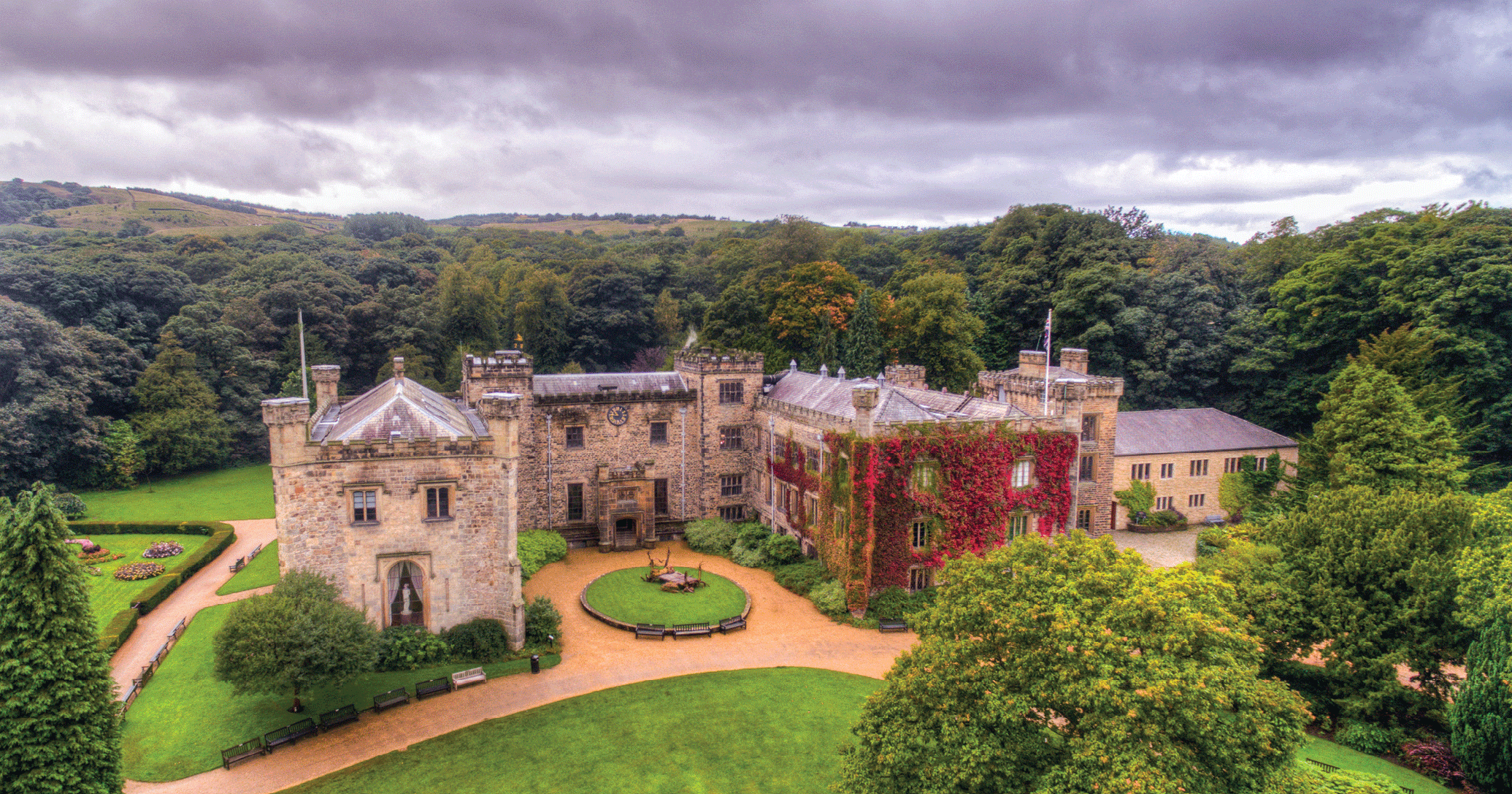
Towneley Hall by Jon Thompson
The works are currently being tendered to firms of contractors that specialise in the repair of historic buildings because it is important that traditional craftsmanship and materials are used in the repairs to the Hall. For example, the use of lime mortars which are flexible and breathable, rather than modern Portland cement which can cause subsequent damage and roofing with materials that allow roof spaces to breathe.
It is expected that the repair contract will commence in late autumn 2022 and be complete by Easter 2025. During this period parts of the Hall will be closed and it may be necessary to close the entire building for periods of time.
The Hall’s unique and valuable collections of fine and decorative art will be protected by removal to external safe storage.
Once the repair work is complete, the Hall can look forward to the 700th anniversary of its foundation in 2080!
NorthernLife May/June 2022


